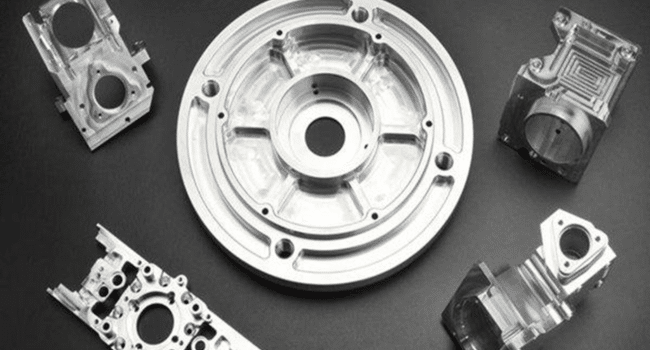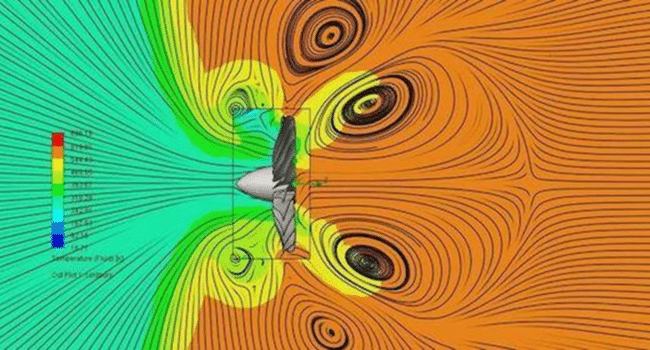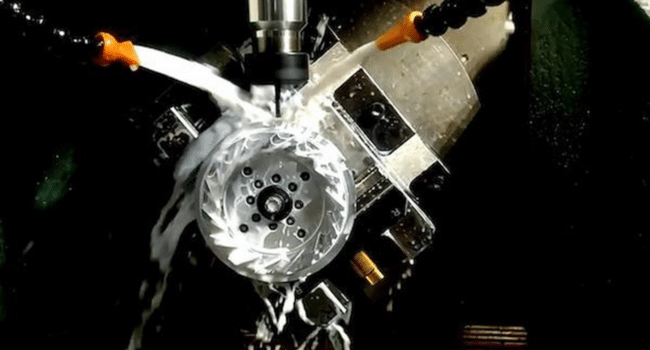Table of Contents
Precision engineering is fundamental in the design of custom engine components. To achieve that; manufacturers use customized CNC machining, which turns materials into exact dimensions that meet all international standards.
In this article, we will highlight the need for customization for engine parts and deeply go through the precision engineering techniques for designing custom engine components.
The Need for Customization in Aircraft Engine Parts
The aviation industry is different from automobile or other large-scale manufacturing industries. Here the bulk production of similar products is not a norm. Very rarely, models have distinct parts. In most scenarios, each model has a unique design and needs components tailored to fit it. So, these customized engine parts are not only a requirement but also serve more than that. They help in.
Performance Optimization
Precision in machining means precision in the operation too, which is why machines for cabinet making are designed to ensure the highest accuracy. When creating custom parts, engineers have the freedom to control the dimensions and make them as precise as possible. They can fine-tune the parts and make sure that it’s very close to design requirements. This gives them the upper hand in controlling the performance of parts.
Weight Reduction
Weight is another critical factor in the aerospace design industry. A few kilograms reduction can make a difference in performance. As per SP AirBuz’s study, a 68kg reduction in engine weight can improve fuel efficiency by 1%. With customization, you get control over the choice of the material; you may choose any high-strength low density that aligns with aircraft needs.
Integration Challenges
As quoted earlier, an aircraft engine’s design is highly unique and based on certain specifications. A standard part may not fit right into that space. For a specific engine model, you need a customized part that is perfectly designed for it; the dimensions, design, and tolerance need to perfectly align with its mating parts so that no coupling challenges arise.
Precision Engineering Techniques and Engine Components
In aerospace, the margin of error is virtually non-existent. Every piece of the puzzle has to fit right into place. A single defective or subpar component can result in catastrophic financial losses and endanger lives. That’s why precision engineering is called the backbone of the aerospace industry. It encompasses a range of techniques that are designed to produce parts with extreme accuracy. These techniques are.
Computer-Aided Design (CAD)
Before the physical design, a 3D model of engine components, particularly engine blades, is created based on its mechanical design. This allows engineers to visualize every aspect in a 3-dimensional space; something that’s missing in paper design.
Flow Analysis Jet Engine Blade
Then, the engineers can test the design by applying all the structural stresses and strains that would possibly act on it during real operations. They can do thermal, structural, and fluid analysis within the CAD software. The simulations would give designers a quick idea of potential weaknesses and optimize the blade profiles.
CAD provides a foolproof system for the design of engine blades, from the conceptualization, design, and simulation to the optimization and production of the parts. In each phase, every micron is accounted for and a design decision is made considering the impact on engine performance.
Computer-Aided Manufacturing (CAM) and CNC Machining
After the rotor blades, the construction chamber is another critical component. Its parts have to withstand extreme temperatures and pressures while maintaining structural integrity. Any imperfections can lead to inefficiencies in fuel combustion, reduced engine performance, and even catastrophic engine failure.
For the construction of engine’s combustion chamber or its sideline components (diffusers), CAM and CNCs are two primary methods. These methods represent the synergy of advanced software and hardware, which are essential for the creation of highly precise parts.
Turbine Diffuser CNC Machining
CAM acts as the bridge that connects the CAD design with the physical manufacturing world. It translates 3D models into a set of instructions that CNC machines can execute. These instructions (technically called G-code) dictate every movement, speed, and operation of the CNC machining tools. These computerized instructions ensure that cut, drill, or mill is performed with exact precision.
Additive Manufacturing (3D Printing)
3D printing or additive manufacturing has made waves in the machining industry. This technique is instrumental in making complex structures like fuel nozzles and lightweight structural parts.
Traditional manufacturing mostly employs the subtractive process, where a larger part is machined to acquire the exact dimensions. However, with this method, you get closest to the final design with just a single process. Plus, its compatibility to work with polymers, lets you make those lightweight structures that are ideal for aircraft.
Advanced Manufacturing Processes for Custom Parts
Like the prior precision engineering techniques, there’s another set of advanced manufacturing processes that are used in making custom engine components:
Laser Cutting and Engraving
Ordinary cutting methods may work for other industries but when precision and accuracy are required, there’s nothing comparable to laser cutting. A laser spot, a few micrometers in size, helps in achieving fine-quality cuts. In aerospace, this is the primary cutting method and is employed for designing customized shims. The same laser is used for engraving engines with their model number and specifications.
Precision Casting and Forging
Forging and casting are two metal shaping techniques staple in most industries. However, they are not famous for accuracy. The aerospace industry uses a precise version of these conventional processes.
In precision forging, metal is shaped under controlled pressure to create components with high structural integrity. The forging of titanium aluminide compressor blades is a prime example of this technique.
Whereas, in precision casting a detailed wax model of the final part is created and coated with a refractory ceramic material to form a mold. Once the ceramic material hardens, the wax is melted away, leaving a cavity in the shape of the part. The process, in comparison to traditional casting, produces parts that exactly resemble the mold’s dimensions. In the aircraft industry, it’s employed for the production of engine mounts and housings with complex internal channels.
Conclusion
The aircraft’s performance is closely linked with the design of its customized components. They have to be accurate, precise, and fit right in their respective places. In this space, the margin of error is extremely low. Therefore, precision engineering of custom engine parts is extremely crucial for ensuring the safety of the passengers and the performance of the engine.
CAD, CAM, CNC Machining, 3D printing, and a couple of advanced manufacturing processes are employed to achieve those high levels of accuracy and fulfill tight tolerance requirements.
Read more on KulFiy


